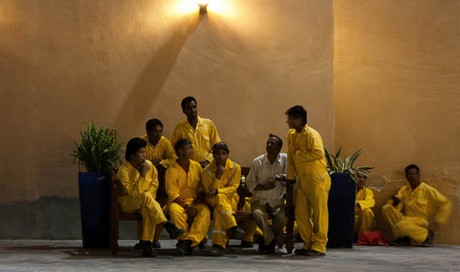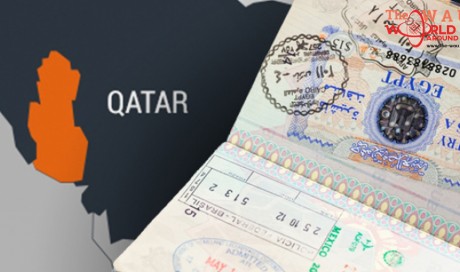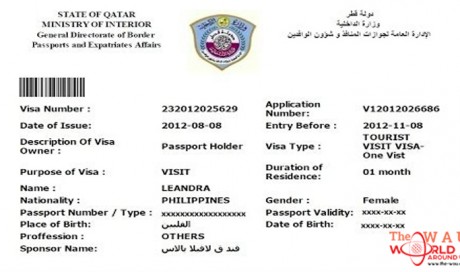11 Topics to cover when writing a civil legal brief
1. Identifying Information: This needs to include case name, the court that decided the case and on what date, an relevant page numbers. Citations dinner need to be included.
2. Substantive Claim: This sections needs to focus on what brought the two parties to court in the first place. Write about the legal action status of both parties, highlight the claim and action that the plaintiff seeks. This does not need to exceed once sentence.
3. Procedural Posture: This section of the legal brief is about where the case currently is in the litigation process.
4. Constitutional Provision, Statute, Court Rule ETC, Interpreted (Citation, if coded, plus key text): This is all in the opinion of the court when it comes to the constitutional provision, statue and one rule. With many rules to choose from the court will pick one and base its interpretation mainly on that one rule. When writing a legal brief case study leave out the section that includes the two rules that are judicially created and not particularly based on written text or civil procedures.
5. Black Letter Law: Black letter law is the common word for a set of laws that are commonly used and accepted by most judges in most states. The judge on the case will choose a few of these laws to base his/her decision on. Although not required you can include this in a separate section of your legal brief, or put them in a rationale.
6. Options for choice of rule: In case study the rule choices sought by both the plaintiff and the defendant may not be clear, so it is up to you to determine and interpret what these choices were based on the result. This section is about identifying gaps, conflict or ambiguity in the case and setting out a rule choice.
7. Courts choice of rule: Conclude the final rule that the court decided upon to resolve the issue.
8. Procedural issue: Here there are two choices a narrow issue and a broad issue. Narrow issues enable you to argue that the case should be stuck to facts, whereas a broad issue leaves room for 'wandering' - this needs to be about the procedural issue the court was asked to decide on.
9. Holding: Here you need to rephrase the courts answer to the posed question as a statement.
10. Disposition or Judgement:
- Who got relief based on the courts judgement?
- What did the court do to get to this judgement?
- How did the courts decision effect the parties involved?
- Events after the courts decision.
11. Rationale: In this section you need to write about the factors that worked together in the courts conclusion of the case. The defendants argument, the plaintiffs argument and the courts response to these arguments. You also need to write about the types of authorises that the court relied on to come to its decision. This is a summary of events.
Share This Post












